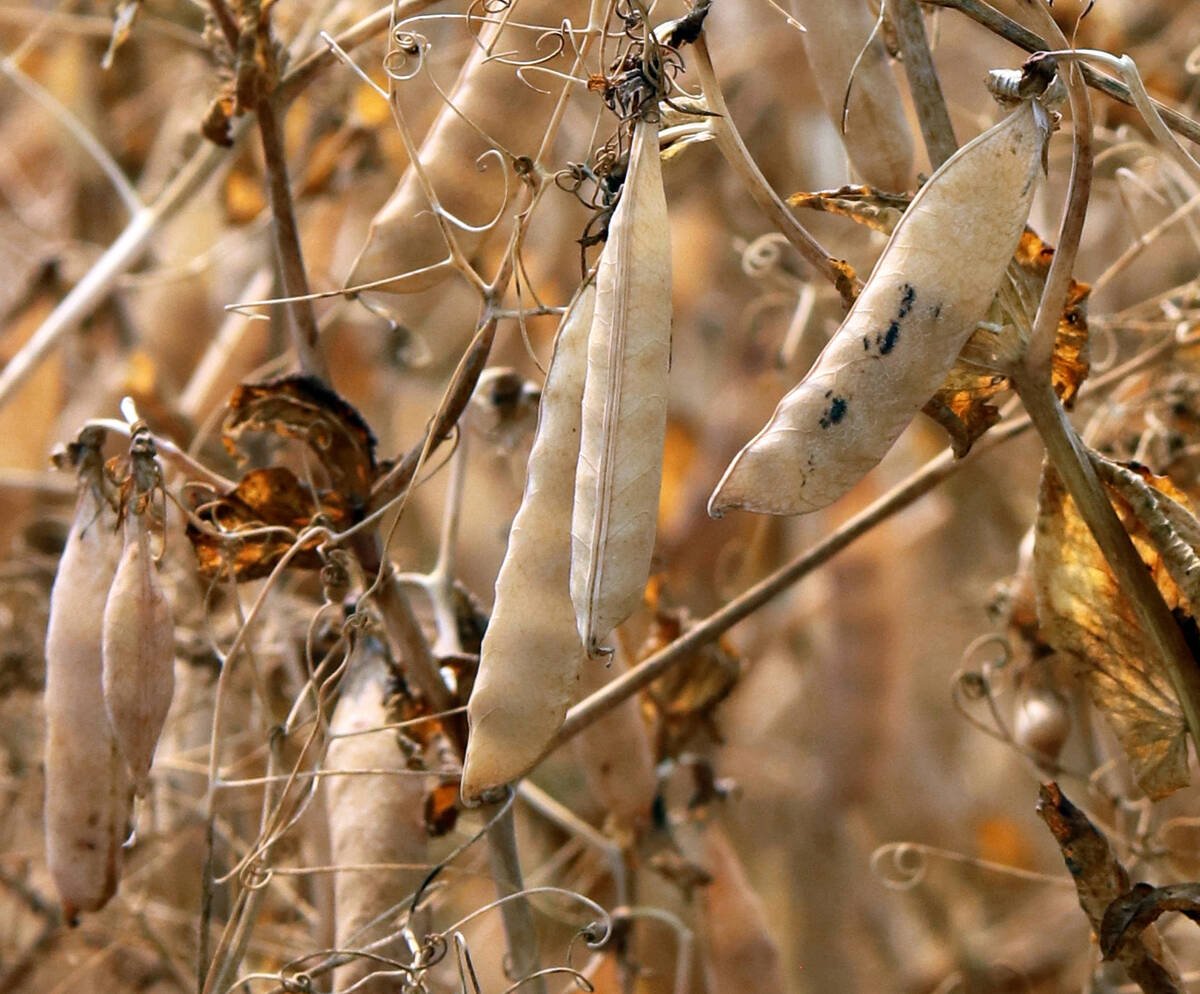Producers are told that developing a reputation for consistency can also improve their chances of making the grade
Malt barley growers face plenty of challenges when it comes to meeting quality specs and avoiding discounted sales into the domestic feed barley market.
However, there are a few important things that malting barley growers can do to improve their chances of making the grade, said officials from malting and elevator companies who spoke at CropSphere in Saskatoon.
Two of the most important are developing a stable, long-term relationship with malt barley buyers and building a reputation as a consistent, dependable grower.
“I do get asked the question: what can I do as a producer better to give myself better marketing opportunities?” said Kenric Exner, a merchandising manager with Viterra.
Read Also

Trump’s tariffs take their toll on U.S. producers
U.S. farmers say Trump’s tariffs have been devastating for growers in that country.
“What I tell them is … build a relationship with multiple companies,” including a domestic maltster and an elevator company.
“When you have strong relationships, you’re going to see your selection rates … increase because (buyers) value the fact that you’ve got good varietal purity, you’re a good producer and you’re providing a consistent product.”
At CropSphere, Exner and Drew Sharp, a malt barley manager with Rahr Malting Canada, led a producer session Jan. 15 on selling into malt barley markets.
Domestic buyers typically look for high plump, low protein barley with a high level of varietal purity and germination in the mid- to high-90 percent range.
They’re also paying close attention to vomitoxin levels.
Bulk sales to China cannot exceed one part per million vomitoxin, Exner said.
Moisture content of 14.8 percent may be dry by Canadian Grain Commission standards, but it’s nearly a point higher than what most foreign buyers are demanding, Exner said.
From the Canadian grain buyer’s perspective, reliable relationships with growers are more important than ever, he added.
If you’re a committed grower who pays attention to important specs such as varietal purity, protein and moisture content, buyers will work hard to retain your business, even when Mother Nature doesn’t co-operate, he said.
Exner said China will continue to be a key market for Canadian malt and malting barley, based on quality and consistency of product.
“The Chinese market will be there,” he told growers.
“We’re seeing really good demand now and I don’t see anything globally that’s going to change that, unless we have a mammoth crop in Australia or we see Black Sea and other origins price into China.”
Chinese brewers typically buy high-quality Canadian barley and blend it with a lower quality product sourced from other countries.
Chinese demand was expected to exceed one million tonnes for the first time in 2018 and could reach as high as 1.2 or 1.3 million tonnes on a consistent basis beginning in 2019, according to some analysts.
Exner said Chinese brewers are slowly transitioning away from Metcalfe to other varieties such as Copeland and, to a lesser extent, Synergy.
A few years ago, China was interested only in Metcalfe, but in 2018 nearly 40 percent of Viterra’s malt barley sales to China involved Copeland.
The company also sold about 50,000 tonnes of Synergy to China and expects about the same uptake in 2019.
Established malt buyers in Japan still like Copeland, a variety they’ve been using for years, added Sharp.
However, Synergy is quickly becoming Rahr’s preferred variety, largely because it produces high levels of extract — starches and sugars that can be converted into alcohol.
In 2018, about 50 percent of Rahr’s contracted acres were seeded to Copeland and the other 50 percent to Synergy, he said.
In 2019, the company would like to boost Synergy production to around 70 percent.















